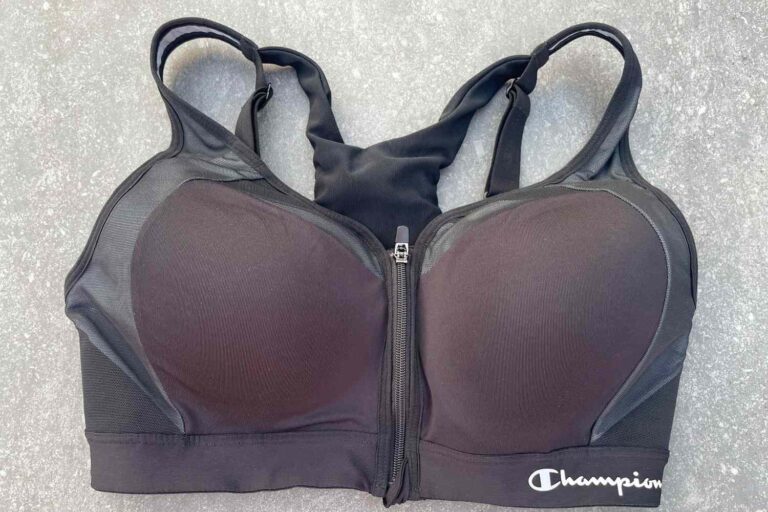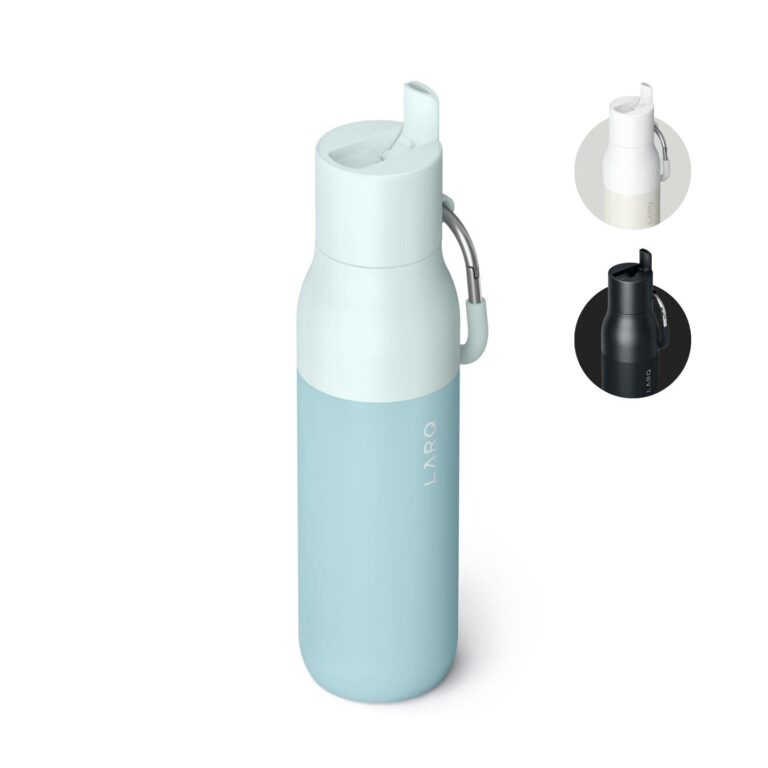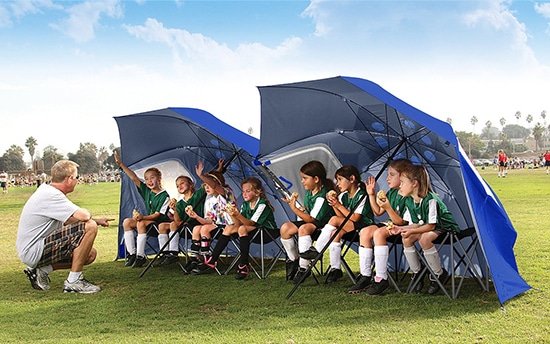CrossFit and cross-country skiing are two popular fitness activities that offer a wide range of benefits for individuals looking to improve their overall health and fitness levels. CrossFit is a high-intensity workout program that combines elements of weightlifting, cardiovascular exercise, and bodyweight movements. It is known for its emphasis on functional movements and varied workouts that challenge participants both physically and mentally. On the other hand, cross-country skiing is a low-impact cardiovascular exercise that involves gliding on skis over snow-covered terrain. It is a full-body workout that engages the muscles of the arms, legs, and core, while also providing an excellent cardiovascular workout.
Both CrossFit and cross-country skiing have gained popularity in recent years due to their effectiveness in improving fitness levels and overall health. CrossFit offers a unique approach to fitness by incorporating a wide variety of movements and workouts that target different muscle groups and energy systems. This variety keeps participants engaged and motivated, as they are constantly challenged to improve their strength, endurance, and flexibility. CrossFit also promotes a sense of community and camaraderie, as participants often work out together in a group setting, supporting and encouraging each other along the way.
Cross-country skiing, on the other hand, is a popular winter sport that offers numerous physical and mental benefits. It is a low-impact exercise that puts minimal stress on the joints, making it suitable for individuals of all ages and fitness levels. Cross-country skiing engages the muscles of the entire body, providing a full-body workout that improves strength, endurance, and cardiovascular health. Additionally, skiing in nature offers a unique opportunity to connect with the outdoors and enjoy the beauty of winter landscapes.
Benefits of CrossFit and Cross-Country Skiing for Fitness
Both CrossFit and cross-country skiing offer numerous benefits for individuals looking to improve their fitness levels. These benefits include improved cardiovascular health, increased strength and endurance, weight loss and body composition changes, and reduced stress and improved mental health.
Improved cardiovascular health is one of the key benefits of both CrossFit and cross-country skiing. CrossFit workouts are designed to elevate the heart rate and challenge the cardiovascular system, leading to improved heart health and increased lung capacity. Similarly, cross-country skiing is a highly aerobic activity that requires sustained effort over an extended period of time. This continuous movement helps to strengthen the heart and lungs, improving overall cardiovascular fitness.
Both CrossFit and cross-country skiing also contribute to increased strength and endurance. CrossFit workouts incorporate a combination of weightlifting, bodyweight movements, and cardiovascular exercise, which helps to build strength in all major muscle groups. The varied nature of CrossFit workouts also improves muscular endurance, as participants are constantly challenged to perform a high volume of repetitions with proper form. Similarly, cross-country skiing engages the muscles of the arms, legs, and core, leading to increased strength and endurance in these areas.
Weight loss and body composition changes are also common benefits of both CrossFit and cross-country skiing. CrossFit workouts are designed to be intense and challenging, which helps to burn calories and promote weight loss. Additionally, the combination of strength training and cardiovascular exercise in CrossFit leads to an increase in lean muscle mass, which can help to improve body composition. Similarly, cross-country skiing is a highly calorie-burning activity that can contribute to weight loss when combined with a healthy diet.
Reduced stress and improved mental health are additional benefits of both CrossFit and cross-country skiing. Exercise has been shown to release endorphins, which are natural mood-boosting chemicals in the brain. Both CrossFit and cross-country skiing provide an opportunity for individuals to focus on their physical performance and take a break from the stresses of daily life. The sense of accomplishment that comes from completing a challenging workout or achieving a personal best can also boost self-confidence and improve overall mental well-being.
CrossFit: A High-Intensity Workout for All Levels
CrossFit is a high-intensity workout program that combines elements of weightlifting, cardiovascular exercise, and bodyweight movements. It is known for its emphasis on functional movements, which are movements that mimic real-life activities and improve overall strength and mobility. CrossFit workouts are typically short and intense, with participants performing a combination of exercises in a circuit or timed format.
CrossFit workouts can be modified to accommodate individuals of all fitness levels, from beginners to advanced athletes. The workouts can be scaled by adjusting the weight, repetitions, or intensity of the exercises. For example, beginners may start with lighter weights or fewer repetitions, while advanced athletes may increase the weight or perform more challenging variations of the exercises. This scalability makes CrossFit accessible to individuals of all ages and fitness levels.
One of the key benefits of CrossFit is its ability to improve overall fitness. The varied nature of CrossFit workouts targets different muscle groups and energy systems, leading to improvements in strength, endurance, flexibility, and cardiovascular health. The combination of weightlifting and cardiovascular exercise also helps to improve body composition by increasing lean muscle mass and reducing body fat.
Cross-Country Skiing: A Low-Impact Cardiovascular Exercise
| Benefits of Cross-Country Skiing | Metric |
|---|---|
| Low-Impact Cardiovascular Exercise | Increases heart rate and oxygen consumption |
| Full-Body Workout | Engages all major muscle groups |
| Low Risk of Injury | Low-impact nature reduces stress on joints |
| Calorie Burn | Can burn up to 700 calories per hour |
| Improved Balance and Coordination | Requires balance and coordination to maintain technique |
| Low Cost | Minimal equipment required |
Cross-country skiing is a winter sport that involves gliding on skis over snow-covered terrain. It is a full-body workout that engages the muscles of the arms, legs, and core, while also providing an excellent cardiovascular workout. Cross-country skiing is a low-impact exercise that puts minimal stress on the joints, making it suitable for individuals of all ages and fitness levels.
To get started with cross-country skiing, it is important to have the right equipment. This includes skis, boots, poles, and appropriate clothing for cold weather conditions. It is also recommended to take lessons or seek guidance from experienced skiers to learn the proper technique and safety precautions.
Cross-country skiing offers numerous benefits for cardiovascular health. It is a highly aerobic activity that requires sustained effort over an extended period of time. This continuous movement helps to strengthen the heart and lungs, improving overall cardiovascular fitness. Cross-country skiing also burns a significant number of calories, making it an effective exercise for weight loss and maintaining a healthy body weight.
Combining CrossFit and Cross-Country Skiing for Optimal Fitness
Combining CrossFit and cross-country skiing can provide a well-rounded fitness routine that targets different muscle groups and energy systems. CrossFit workouts focus on building strength, endurance, and flexibility, while cross-country skiing provides a low-impact cardiovascular workout that engages the muscles of the entire body.
One of the key benefits of combining CrossFit and cross-country skiing is the variety it offers. CrossFit workouts are constantly varied, which helps to prevent boredom and keep participants engaged. Similarly, cross-country skiing offers a change of scenery and the opportunity to connect with nature, which can be refreshing and motivating.
A sample workout plan for combining CrossFit and cross-country skiing could include three to four days of CrossFit workouts per week, alternating with one to two days of cross-country skiing. On CrossFit days, participants can focus on building strength and endurance through weightlifting, bodyweight movements, and cardiovascular exercise. On skiing days, participants can enjoy the outdoors while engaging in a low-impact cardiovascular workout.
CrossFit Workouts for Strength and Endurance

CrossFit workouts are designed to improve overall fitness by targeting different muscle groups and energy systems. They typically involve a combination of weightlifting, bodyweight movements, and cardiovascular exercise. Here are some examples of CrossFit workouts for building strength and endurance:
1. “Fran”
– 21-15-9 repetitions of thrusters (a combination of a front squat and overhead press) and pull-ups
– This workout is a classic CrossFit benchmark that targets the muscles of the legs, shoulders, and back, while also challenging cardiovascular endurance.
2. “Cindy”
– As many rounds as possible in 20 minutes of 5 pull-ups, 10 push-ups, and 15 air squats
– This workout is a bodyweight circuit that targets the muscles of the upper body, core, and legs, while also improving cardiovascular endurance.
3. “Grace”
– 30 clean and jerks (lifting a barbell from the ground to overhead)
– This workout focuses on building strength and power in the muscles of the legs, shoulders, and arms.
It is important to modify CrossFit workouts to accommodate different fitness levels. Beginners may start with lighter weights or fewer repetitions, while advanced athletes may increase the weight or perform more challenging variations of the exercises. It is also important to prioritize proper form and technique to prevent injury and maximize results.
Cross-Country Skiing Techniques for Beginners and Advanced Skiers
Cross-country skiing involves gliding on skis over snow-covered terrain using a technique called the diagonal stride. Here are some basic cross-country skiing techniques for beginners:
1. Diagonal Stride
– Start by standing with your skis parallel and slightly wider than hip-width apart.
– Push off with one ski while gliding forward on the other ski.
– As you push off with one ski, transfer your weight to the other ski and repeat the motion.
2. Double Poling
– Stand with your skis parallel and slightly wider than hip-width apart.
– Hold the poles in front of you with your hands shoulder-width apart.
– Push off with both poles while gliding forward on your skis.
For advanced skiers, there are additional techniques that can be used to improve efficiency and speed:
1. V2 Skate
– This technique involves pushing off with both skis simultaneously and gliding forward in a skating motion.
– It is a more advanced technique that requires coordination and balance.
2. Offset Skate
– This technique involves pushing off with one ski while gliding forward on the other ski.
– It is a faster technique that requires more power and strength in the legs.
It is important to practice proper technique and seek guidance from experienced skiers to improve efficiency and prevent injury.
Nutrition and Recovery for CrossFit and Cross-Country Skiing
Proper nutrition is essential for optimal performance and recovery in both CrossFit and cross-country skiing. Both activities require a combination of carbohydrates, protein, and healthy fats to fuel workouts and support muscle repair and growth.
Carbohydrates are the primary source of energy for both CrossFit and cross-country skiing. They provide the fuel needed for high-intensity workouts and sustained effort during skiing. Good sources of carbohydrates include whole grains, fruits, vegetables, and legumes.
Protein is important for muscle repair and growth in both activities. It helps to rebuild damaged muscle tissue after intense workouts and supports the development of lean muscle mass. Good sources of protein include lean meats, poultry, fish, eggs, dairy products, and plant-based sources such as beans, lentils, tofu, and tempeh.
Healthy fats are also important for both CrossFit and cross-country skiing. They provide a source of long-lasting energy and help to support overall health. Good sources of healthy fats include avocados, nuts, seeds, olive oil, coconut oil, and fatty fish such as salmon.
In addition to proper nutrition, recovery strategies are also important for optimal performance in both activities. This includes getting enough rest and sleep, staying hydrated, stretching or foam rolling to prevent muscle soreness, and incorporating active recovery activities such as walking or swimming into your routine.
CrossFit and Cross-Country Skiing Communities: Joining a Gym or Club
Joining a CrossFit gym or cross-country skiing club can provide numerous benefits for individuals looking to improve their fitness levels. These communities offer a supportive and motivating environment where individuals can connect with like-minded individuals and work towards their fitness goals together.
CrossFit gyms, also known as “boxes,” often have a strong sense of community and camaraderie. Participants often work out together in a group setting, supporting and encouraging each other along the way. CrossFit coaches are also available to provide guidance and support, ensuring that participants are performing exercises with proper form and technique.
Similarly, cross-country skiing clubs offer a sense of community and the opportunity to connect with other skiers. These clubs often organize group outings, races, and social events, providing opportunities for individuals to improve their skills, meet new people, and enjoy the sport together.
To find a CrossFit gym or cross-country skiing club in your area, you can start by doing a simple internet search or asking for recommendations from friends or family members who are involved in these activities. It is important to visit the gym or club before joining to get a sense of the atmosphere and ensure that it aligns with your goals and preferences.
Achieving Fitness Goals with CrossFit and Cross-Country Skiing
In conclusion, both CrossFit and cross-country skiing offer numerous benefits for individuals looking to improve their fitness levels and overall health. CrossFit is a high-intensity workout program that targets different muscle groups and energy systems, leading to improvements in strength, endurance, flexibility, and cardiovascular health. Cross-country skiing is a low-impact cardiovascular exercise that engages the muscles of the entire body, providing a full-body workout that improves strength, endurance, and cardiovascular health.
By combining CrossFit and cross-country skiing, individuals can create a well-rounded fitness routine that targets different muscle groups and energy systems. This combination provides variety and keeps participants engaged and motivated. It also offers the opportunity to enjoy the outdoors and connect with nature while working towards fitness goals.
When incorporating CrossFit and cross-country skiing into a fitness routine, it is important to set realistic goals and enjoy the journey towards better health. Both activities require time, effort, and consistency to see results. It is also important to prioritize proper form and technique to prevent injury and maximize results. With dedication and perseverance, individuals can achieve their fitness goals and enjoy the numerous benefits that come with CrossFit and cross-country skiing.
If you’re a sports enthusiast looking for some entertainment, you must check out this hilarious article on funny cricket team names. It’s a great read that will have you laughing out loud and appreciating the creativity of these teams. Whether you’re a cricket fan or not, this article is sure to brighten your day. So, cross over to https://offtosports.com/funny-cricket-team-names/ and enjoy a good laugh!
FAQs
What are cross-country sports?
Cross-country sports are athletic events that involve running, skiing, or cycling over long distances and varied terrain. These sports are typically held outdoors and require endurance, strength, and agility.
What are some examples of cross-country sports?
Some examples of cross-country sports include cross-country running, cross-country skiing, and cross-country cycling. Other related sports include biathlon, triathlon, and adventure racing.
What are the benefits of participating in cross-country sports?
Participating in cross-country sports can provide numerous physical and mental benefits, including improved cardiovascular health, increased endurance and stamina, enhanced coordination and balance, and reduced stress and anxiety.
What equipment is needed for cross-country sports?
The equipment needed for cross-country sports varies depending on the specific sport, but may include running shoes, skis, poles, helmets, and protective gear. It is important to use high-quality equipment that is appropriate for the sport and fits properly to prevent injury.
What are some safety tips for participating in cross-country sports?
To stay safe while participating in cross-country sports, it is important to warm up properly before starting, stay hydrated throughout the activity, wear appropriate protective gear, and follow all safety guidelines and rules. It is also important to be aware of your surroundings and any potential hazards, such as uneven terrain or inclement weather.






